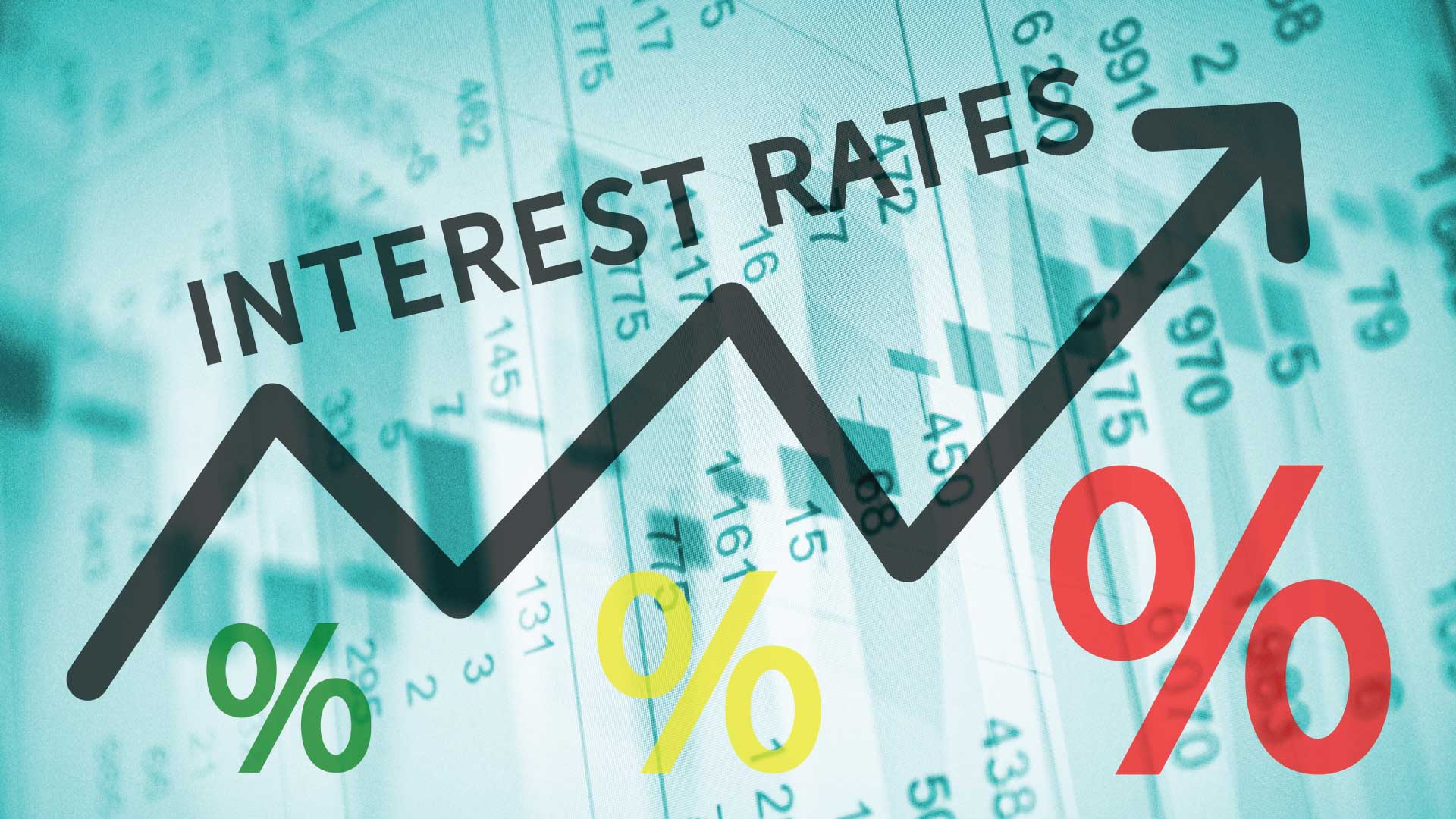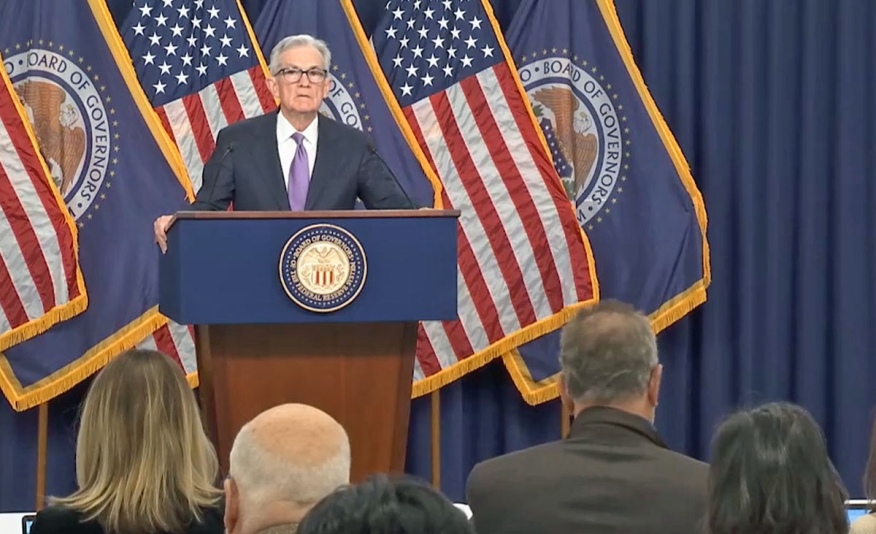How the Fed’s Interest Rates are Affecting Small Businesses
The article, “Fed gets an earful about ‘stranglehold’ from high rates” by Ann Saphir, discusses how the high interest rates paired with rising wages and higher energy costs is making it harder for small and medium sized businesses. The Fed recently had a session where they listened to business and community leaders talk about how interest rates are affecting Americans. One of the most notable speakers was Whitney Ferris-Hansen, the owner of J/W Farms and Ranch. She explained how high interest rates are making it harder for the agricultural sector because the cost of taking out a loan to buy equipment is higher than the return on investment for the equipment. This problem isn’t just affecting the agriculture industry, however; it is also affecting manufacturing companies to the point where they have stopped investing in new equipment because of the cost. This is important because if companies start seeing higher costs to run their businesses, they will have to start charging higher prices to compensate for it. That being said, the Fed doesn’t want to cut rates until they are sure inflation is under control as that could result in a larger crisis.
This connects to topics discussed in class because the activity in our economy can affect other economies and trade between countries. For example, agricultural exports from the US were valued at around $180 billion in 2023. If interest rates don’t change, farmers won’t be able to replace their old or broken equipment because they can’t take out loans to finance the huge machines they use. This would decrease our exports and it would mean other countries import less of our products. The agriculture industry also contributes greatly to our own economy. Agriculture and other food related industries account for 5.5% of the US GDP or $1.420 trillion. We would most likely see an increase in food prices before we see a reduction in the contribution of agriculture to our economy, but keeping the interest rates high would eventually affect everyone, not just the smaller businesses.

This issue is very important because it has the potential to affect everyone. The Fed has to find a balance between taking care of Americans now while also making sure we don’t fall into a recession again. Right now, they are prioritizing keeping us out of a recession but we are seeing the side effects affecting small businesses right now. If I had to make a prediction, I think interest rate cuts are coming and we currently aren’t in a terrible position. We aren’t on the brink of a recession and the reason the Fed hasn’t cut rates yet is because our economy is strong right now. Eventually, they will have to bring interest rates down and there are talks of it happening sometime this year. Overall, our economy is a very important topic, and its also a very interesting topic. Everything the Fed does will have an impact on us which is why we should pay attention to what they are doing.

